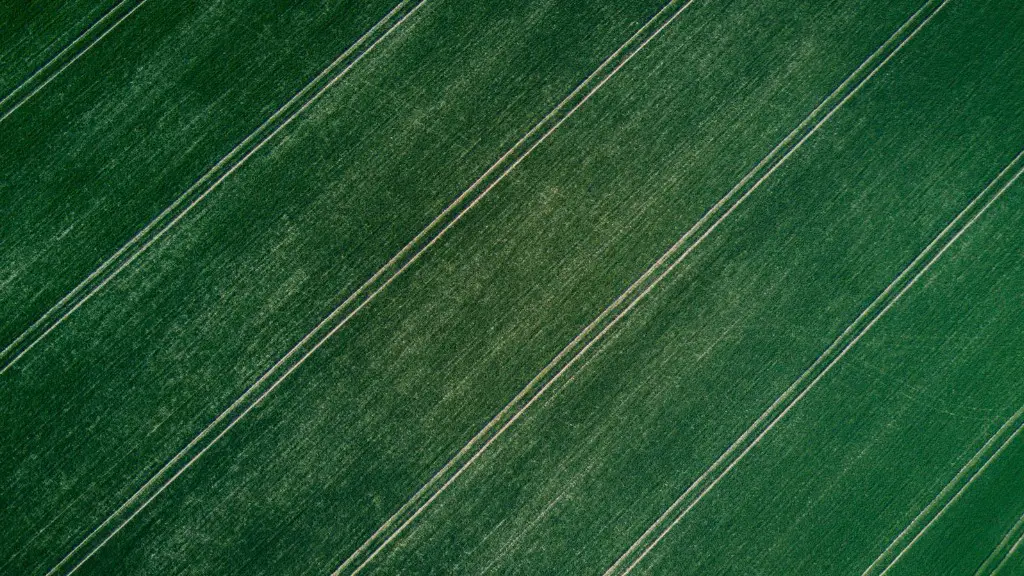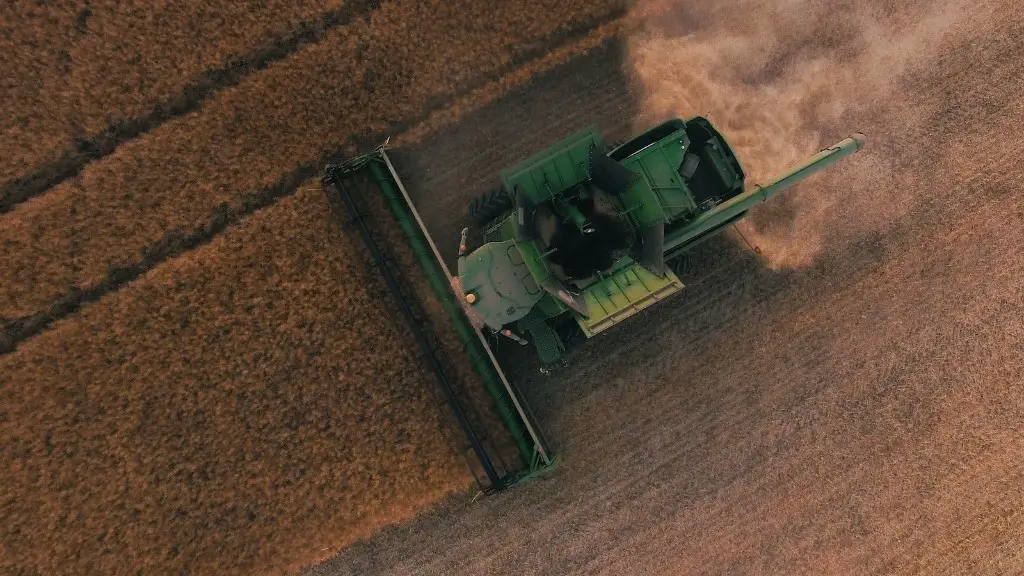In the early 1900s, most farms in the United States were still using mules or horses to power their equipment. This began to change with the introduction of the gasoline-powered tractor. The tractor improved agriculture by increasing the efficiency of farm operations. With a tractor, farmers could do more work in a day than they could with mules or horses. The tractor also allowed farmers to farm larger areas of land.
The tractor allowed farmers to work their land more efficiently by clearing larger areas and tilling the soil more deeply. The machine also greatly increased the amount of goods that could be produced, thus improving the economy.
What are the advantages of using a tractor?
A tractor is a versatile and essential piece of equipment in agriculture. There are many benefits of using a tractor in agriculture, including that it can be used for multiple purposes, it is more precise than other methods of farming, it saves time and effort, and it is suitable for small and large farmlands. Additionally, tractor use is cost-efficient, which makes it an attractive option for farmers.
In the late 1920s, cheap tractors helped launch an agricultural revolution. With more than 150 companies manufacturing various tractor makes and models in the 1910s, competition became fierce. To maintain market share, some companies started offering their machines for less than it cost to make them. This led to a decline in tractor prices and an increase in tractor sales. The agricultural revolution that followed led to an increase in farm productivity and a decrease in the price of food.
How did the steam tractor change agriculture
Steam tractors were a game changer for farmers. They were able to transport crops and other farm equipment using a steam powered engine instead of a gas powered one. This invention helped farmers save money by not having to hire workers to help pull the weights.
The tractor changed the way farmers worked the land and also the types of crops they grew. Before, farmers had to dedicate a portion of their land to growing oats to feed their horses and mules. With gasoline tractors, farmers no longer needed to do this and could instead use that space to grow more profitable cash crops.
What are the uses of tractors in agriculture?
The farm tractor is an essential piece of equipment for any farmer or agricultural worker. It can be used for a variety of tasks, including pulling or pushing agricultural machinery or trailers, plowing, tilling, disking, harrowing, planting, and more. Farm tractors are available in a variety of sizes and styles to suit the needs of any operation, and they can be fitted with a variety of attachments to make them even more versatile. If you’re in the market for a farm tractor, be sure to consult with an expert to find the perfect model for your needs.
Tractors were first invented in the early 19th century to help drive mechanical farm machinery using a flexible belt. The first portable steam engine used for agricultural purposes was invented by Richard Trevithick in 1812, and it was known as the Barn Engine. Tractors have come a long way since then, and they are now an essential piece of equipment on any farm.
What agricultural revolution was tractors?
The Agricultural Revolution in the United States was a period of increased agricultural productivity and efficiency which began in the 1860s and continued through to the mid 1870s. This period saw a switch from hand power to horse power, as well as the introduction of new technologies and techniques such as steam tractors. This increase in productivity led to greater levels of crop production and a more efficient use of land. The Agricultural Revolution had a significant impact on the economy of the United States, and helped to make the country one of the leading agricultural nations in the world.
The modern tractor is an incredibly versatile tool that can be used for a variety of tasks on the farm. From plowing and cultivated to planting fields, today’s tractors can handle a wide range of tasks. This versatility makes them an essential tool for any farm operation.
How did the steam tractor help farmers
The invention of the steam engine was a game changer for farmers. Suddenly, they had a machine that could do the work of many horses and do it more quickly and dependably. The steam engine was a blessing for farmers, as it helped them increase their productivity and get more work done in a shorter amount of time.
The plow that Deere introduced in 1837 was a game-changer for farmers. The steel plow could cut through tough, root-filled earth, and its curved shape allowed the soil to turn over. This invention helped transform the Midwest into fertile farmland.
What is the impact of the steam tractor?
Steam power became the energy source for many machines and vehicles, making it cheaper and easier to produce commodities in large amounts. This in turn increased the demand for raw materials used to build more machines that can produce even more commodities. The cycle of increased production leading to increased demand for raw materials continues today, making steam power an important part of the modern economy.
There are many benefits that tractors have provided to farmers. They have helped to reduce the workload for animals, as well as providing more room for crops. They have also helped to increase efficiency and reduce manpower requirements. Additionally, they have improved yields for farmers.
What are the advantages and disadvantages of tractor in agriculture
There are both advantages and disadvantages to using a tractor instead of another type of vehicle. Some advantages include good traction, high power availability at draw bar, and lower operating cost. However, disadvantages include high maintenance cost, poor maneuverability, and high purchase cost. You will need to decide which factors are most important to you in order to make the best decision for your needs.
A tractor is a vehicle that is used to pull or draw other vehicles, typically used in agriculture, construction, and road building. The most common type of tractor is a four-wheel drive, which has two axle and four wheels. The front axle is the steering axle, and the rear axle is the drive axle. The wheels are typically made of steel or aluminum and are mounted on a frame that supports the engine, transmission, and other components. The engine is typically a diesel or gasoline engine that powers the drivetrain, which transfers power from the engine to the wheels. The transmission is typically a manual or automatic transmission that allows the operator to select the appropriate gear for the task at hand. The operator of a tractor typically sits in a seat that is mounted on the frame and controls the speed and direction of the tractor with the use of pedals and a steering wheel.
What was the purpose of the first tractor?
In 1892, John Froelich invented the first successful gasoline-powered engine that could be driven backwards and forwards. The word “tractor” wasn’t used in those days, but that’s what it was. At that time, steam-powered engines were used to thresh wheat.
After the war, there was a boom in tractor sales as people realized that they could be more productive with a tractor than with a horse. This was a blow to the horses that remained on American farms, as they lost their jobs.
Conclusion
The tractor allowed farmers to work their fields more efficiently and with greater speed. This increased production, which in turn led to lower prices for food. The tractor also made it possible to farm larger tracts of land, which increased the overall output of agriculture.
The tractor changed the way farmers planted and harvested their crops. It allowed them to plant more crops in less time and to harvest them more quickly. The tractor also made it possible for farmers to plow their fields more deeply, which made it easier for crops to grow.





